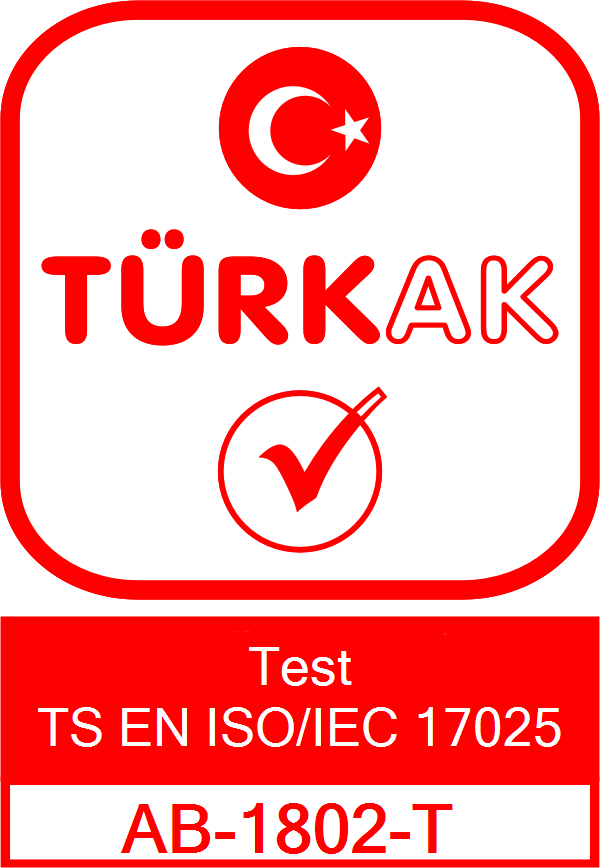
Cleaning Validation of Reusable Medical Devices
Cleaning Validation of Reusable Medical Devices
Contents
Cleanliness validation of reusable medical devices is extremely important for the safety of patients and healthcare workers. Cleaning validation is a series of testing and evaluation processes to verify that the device has been properly cleaned, disinfected or sterilized after use. Here are the key components of this process:
Preliminary Evaluation and Planning
1. **Device Features**: The structure, material and intended use of the device are evaluated. The complexity of the device and difficult-to-clean areas can affect the cleaning protocol.
2. **Cleaning Protocol**: The most appropriate cleaning protocol for the device is selected and detailed. This protocol includes what detergents and equipment to use, how long the cleaning process will take, etc. includes.
Cleaning Methods
1. **Manual Cleaning**: Cleaning operations can be performed manually.
2. **Mechanical Cleaning**: For example, ultrasonic cleaners or automatic washing devices can be used.
Test Methods
1. **Detergent Residue Test**: As detailed in the previous answer, tests are performed for detergent residues.
2. **Microbiological Tests**: After cleaning, the samples taken from the surface of the device are tested for the presence of microorganisms.
3. **Visual Inspection**: After cleaning, the device is visually inspected for any residue or contamination.
### Validation and Documentation
1. **Test Results**: All test results are recorded in detail.
2. **Revisions**: If the cleaning protocol is deemed inadequate, revisions are made and retested.
3. **Confirm**: If the test results are OK, the cleaning protocol is approved and considered standard procedure.
4. **Regulatory Compliance**: All these processes are done in accordance with local and international regulatory standards (eg ISO 17664).
All these processes are necessary steps for effective cleaning validation. However, as the needs of each medical device may be different, these general principles can be adapted to the device specific.

